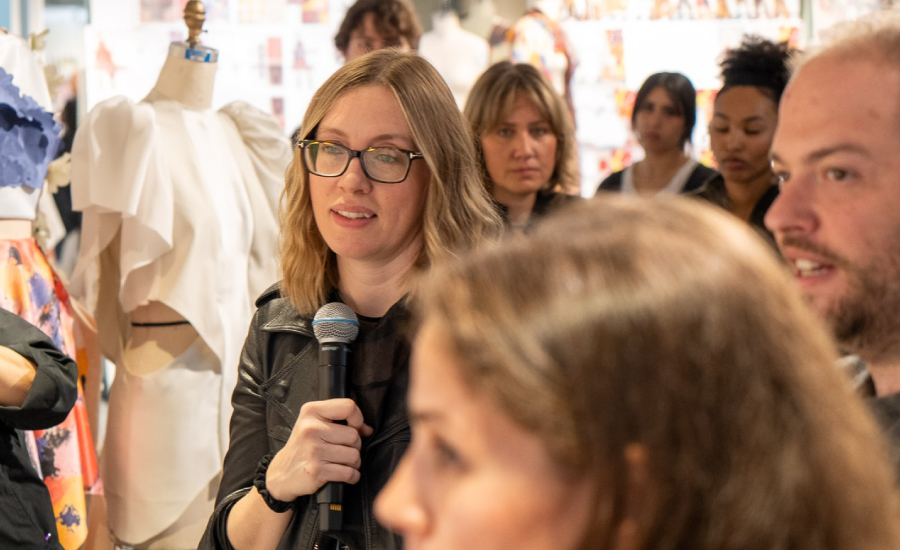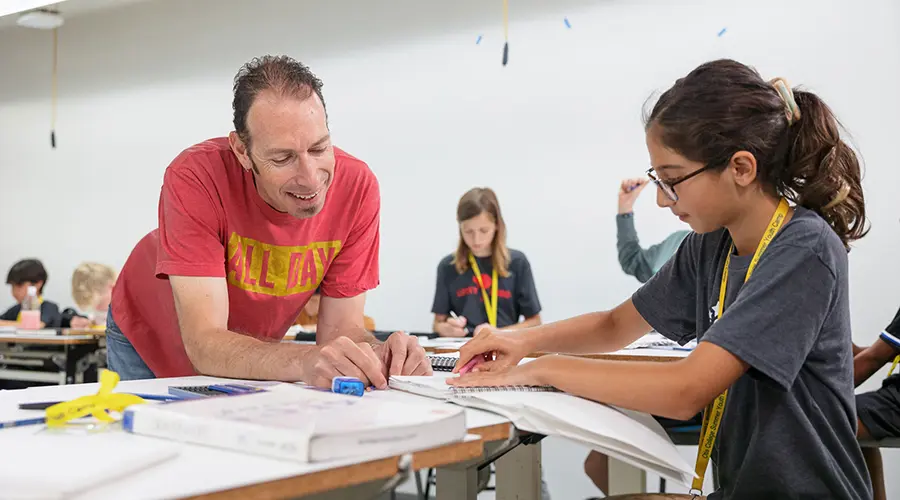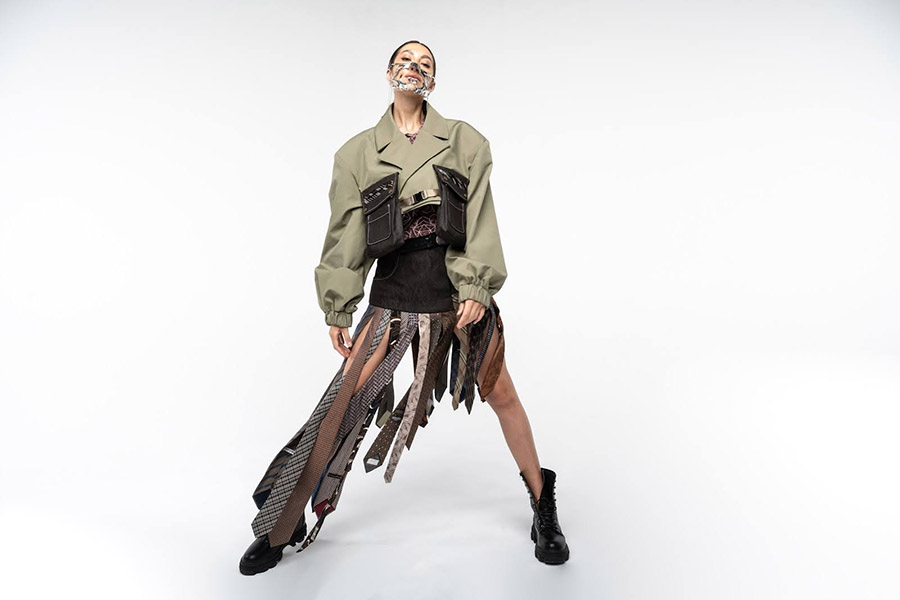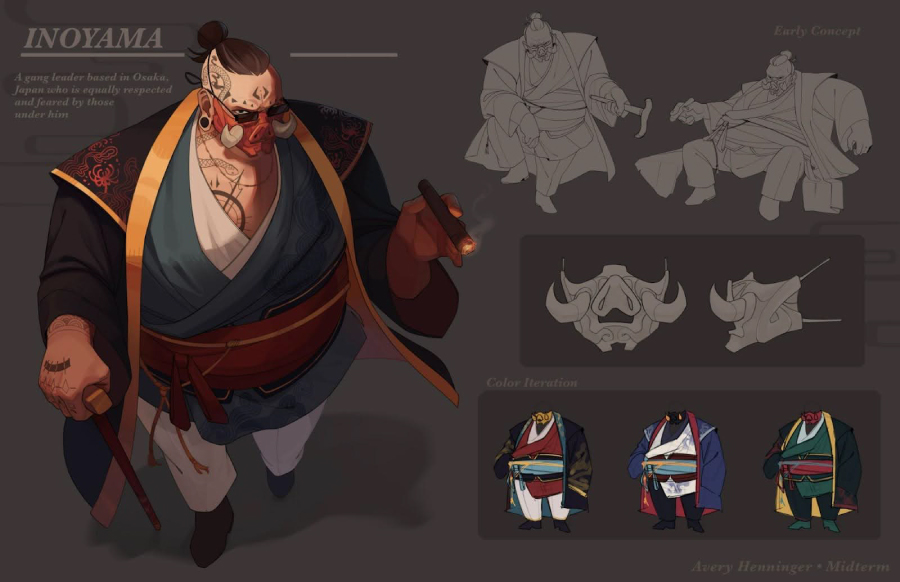Why BFA Graduate Tina Miyakawa Returned to Otis College for an MFA in Graphic Design
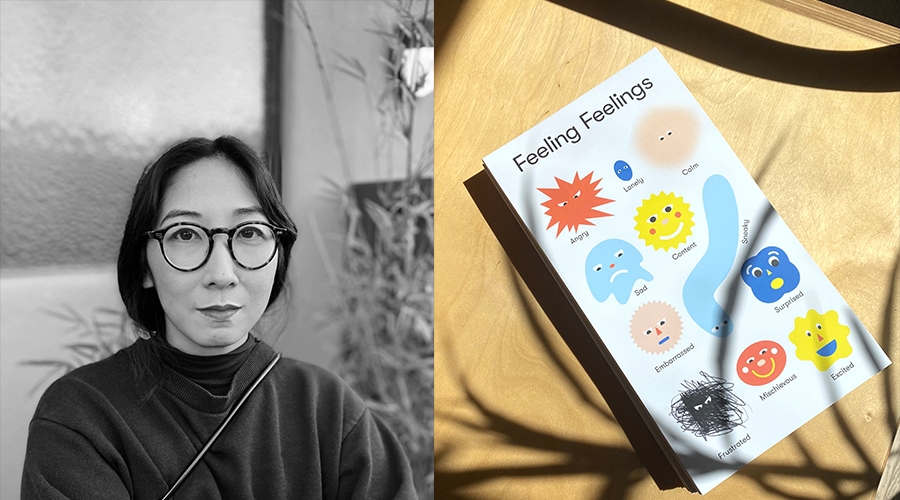
“Every job or project I have ever been a part of has been somehow connected to Otis or people I met through Otis.”
By Anna Raya
Otis College of Art and Design’s Master of Fine Arts in Graphic Design program is a collective of students, faculty, and international and local designers that over the course of an accelerated, 14-month timespan work through design exploration, critical inquiry, and applied projects. The program is designed to help working professionals and traditional students develop a professional practice in the fields of graphic design and technology.
We recently spoke with alumna Tina Miyakawa (’13 BFA Communication Arts, Graphic Design; ’17 MFA Graphic Design), a Los Angeles-based graphic designer and illustrator, whose clients include mostly small businesses and cultural institutions.
After getting her BFA in Communication Arts, concentrating in graphic design, Miyakawa spent a few years working for Poketo and Craft Contemporary, trying to develop her own practice. She returned to Otis for her MFA in graphic design, hoping to further grow as a designer.
“In undergrad, I was so focused on designing in a certain style, that I missed a lot of opportunities to experiment and evolve as a maker and as a person,” she says. “I wanted the freedom to re-evaluate my work, my purpose, and what I was capable of contributing.”
Miyakawa found that purpose in the MFA program, and now in addition to her own practice, teaches in the Otis undergraduate Graphic Design program. Here she explains how her MFA experience at Otis exceeded her expectations and connected her to a community of artists and designers.
How would you characterize the graphic design work you currently do?
More recently I have been interested in other systems of design, for example, those found in nature and how they relate to my visual practice. I’ve been spending a lot of time in the garden, growing food, raising chickens, playing with my three-year-old son, and trying to see the world how he sees it. I’ve been making fun things for him and his friends, which has been really freeing. I have been lucky enough to work with clients who are aligned with me philosophically, mostly food makers, chefs, small businesses, and cultural institutions. I primarily work in print—risograph projects with friends, books, packaging, postcards, posters.
Why did you choose Otis College’s MFA Graphic Design program?
I was really disillusioned by graphic design in the real world. I think I was looking for exploration and a chance to re-do some of the mistakes I made in undergrad, whereI was so focused on designing in a certain stylethat I missed a lot of opportunities to experiment and evolve as a designer and a person. I wanted a second chance. I wanted the freedom to re-evaluate my work, my purpose, and what I was capable of contributing.
Did you apply to other graphic design masters programs?
I knew I wanted to go to Otis—for the familiarity of the program, the faculty, and the community I had and wanted to be a part of. I think I already knew I loved Otis, so I was looking for a continuation.
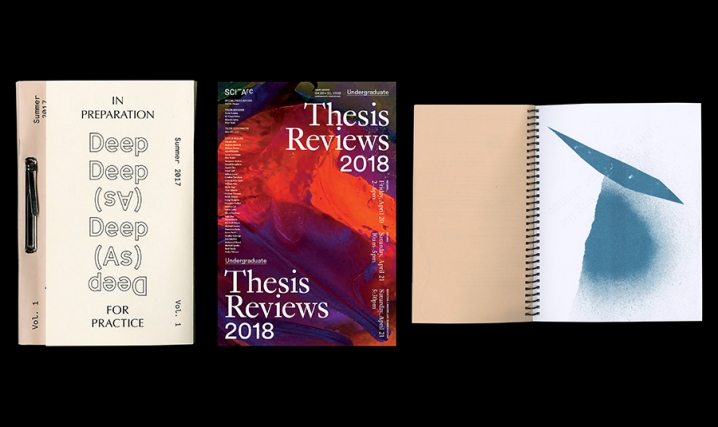
What type of creative work did you do prior to starting the program?
Before the grad program I had jobs and internships with Craft Contemporary, Family Books, and American Apparel. In 2015 I was working as an in-house designer for Poketo. It was really fun and allowed me to refine my skills … but I started to question my role as a designer and the kinds of projects I was a part of. I was stuck in this cycle of making things “look nice” on a very surface level, and wanted a space to experiment and really push beyond aesthetics. I felt like I had so many questions and no answers. I think the MFA program was a release from needing things to look or exist in a certain way. I discovered my own way of working and a new lens with which to see the world.
How would you characterize the relationships you fostered in this program?
Oh my gosh, the relationships and community I have built through Otis are everything, and one of the main reasons I chose to go back [for my MFA]. I really feel a part of something special—my closest friends, the most talented designers, and most inspiring people, all together at once. I think this community is where I had and continue to have my most meaningful conversations and friendships.
“The way of thinking and the techniques for approaching ideas that I learned at Otis directly translated into a professional and personal process today.”
How did the program’s faculty support your creative growth?
There were a few people I really latched onto, but for the most part all my teachers were incredible mentors, each representing a different style and definition of a design practice. And now I consider those people my friends. I felt encouraged and supported in finding my own way.
Do you feel this program helped you build upon your personal or creative network in meaningful ways?
Every job or project I have ever been a part of has been somehow connected to Otis or people I met through Otis. My professional experience has been sort of a long trail from faculty recommendations, connections made through program chair Kali Nikitas, or other students. And I have a network of alumni that pass jobs and personal projects back and forth, always including or thinking of one another. I feel so lucky! We are all very close.
In what ways did this program balance creative work and industry preparation?
It was more creative work than industry preparation, but I would say that the way of thinking and the techniques for approaching ideas that I learned at Otis directly translated into a professional and personal process today. An immense amount of thought and research goes into translating an idea into a physical form—those skills came directly from my experience at school.
Can you describe a breakthrough moment you had while working on a project?
During the pandemic I made a book for my then-nine-month-old son of fruits and vegetables in an attempt to get him to eat them. I made these watercolor illustrations without really knowing anything about watercolor, but just did it for him and myself without really worrying about what they would become. Thinking about how things will be “received” can be debilitating for me sometimes. I printed 200 copies with Typecraft and started selling them and giving them away to other people with kids. I felt super vulnerable just putting something random into the world. I think people liked it? I’m trying not to care so much. But I think what was transformative for me was the act of just making and doing things purely based on interest—and knowing interests do not define you.
Any advice for current/prospective students considering the MFA Graphic Design program at Otis?
Technical skills and programs can be learned anywhere. I think the benefit of the Otis MFA is challenging your understanding of things—being curious and learning to investigate everything and translate your ideas into perspectives, and perspectives into practice.
Sky’s the limit: What would be your dream project?
I am interested in natural systems and how they can be a guide for the way we take up space on Earth. I would love to live on a farm, and learn from others about land restoration and regenerative agriculture. Maybe trading my skills for theirs—creating materials that help others get inspired or learn about how to do and make things by hand.
Main image of Miyakawa and of her work courtesy of the designer.
Why Study Graphic Design at Otis College?
Our accelerated MFA in Graphic Design serves the needs of both working professionals and traditional students. In just 14 months, you’ll learn to work across media and platforms through a series of studio projects, visiting artist workshops, courses in design theory and history, and roundtable discussions. Learn more.
Related News
